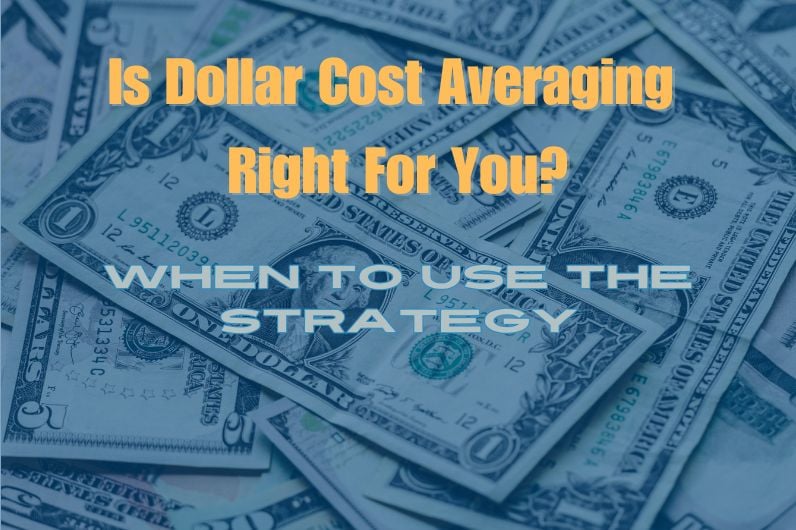Ted Rechtshaffen: These strategies can help many Canadians save tax every year
Reviews and recommendations are unbiased and products are independently selected. Postmedia may earn an affiliate commission from purchases made through links on this page.
Article content
A lot of attention has been paid to the changes made to capital gains tax inclusion rates in the recent budget, even though the change won’t affect the vast majority of Canadians, and even when it might, it can be mitigated in many cases.
But the whole topic raises a much bigger one about being tax smart with investing overall by looking at all the investment-related tax rules in play, not just the immediate change. There are some interesting strategies and tax-efficient products that can help a much larger percentage of Canadians save tax every year.
Advertisement 2
Article content
Article content
To start, let’s focus on investment accounts that do get taxed, including your non-registered accounts and any corporate accounts or trust accounts. This would not include your registered retirement savings plans (RRSPs), registered retirement income funds (RRIFs), tax-free savings accounts (TFSAs) and other tax-sheltered accounts.
As a general rule, interest and foreign income (including dividends) are taxed the worst. Canadian dividend income is treated better, followed by capital gains. The best tax treatment is for income treated as a return of capital. This means no tax today, and at some point in the future, it will likely be a capital gain.
One mistake many investors make with a corporation is that they think their investment portfolio is taxed at the same low rates as their active business income. This is not the case. Corporate investment accounts for small businesses and professional corporations are taxed at close to the same level as the top personal tax brackets.
Four ideas
With that baseline, here are four ideas.
The first is to generate little income. For some income-oriented investors, this may seem counterintuitive, but the most tax-efficient investments are the ones that don’t get taxed annually and are only taxed as capital gains when they are sold.
Article content
Advertisement 3
Article content
Owning a stock such as Nvidia Corp. has delivered great gains, but it has a current dividend yield of 0.02 per cent. Essentially, it pays out nothing. As a result, if you buy and hold the stock, you pay virtually no tax despite the great gains it has made. You will be taxed on capital gains, but only when you sell.
The second idea is to hold the right hand in the right hand, or ensure your investments are held in the right accounts as often as possible. An investment with high interest would ideally be held in a tax-sheltered account whereas a stock with a low dividend yield would ideally be held in a taxable account.
This may seem rather basic, but we can often help people lower their taxes without changing their portfolio holdings by simply changing what is held where. I am sure that tens of millions of extra tax dollars are being paid because people are not paying close attention to this.
The third idea is more about tax-efficient products. A product may be structured in a way that turns interest income into something taxed at a lower rate.
At a high level, real estate investment trusts (REITs) can be good examples. Almost all REITs distribute income during the year, but some of Canada’s biggest REITs may distribute all their income as “other income” and so it is taxed the same as interest income. There are other REITs (both public and private) where the income is largely treated as a return of capital, so it results in a much lower tax bill.
Advertisement 4
Article content
Avoid income
Another example is a fund of structured notes that pays out a monthly yield, but is treated as a return of capital. We like investing in individual structured notes with yields of eight per cent to 12 per cent at the moment, but we’ll ideally hold them in tax-sheltered accounts. To get a similar type of investment in a taxable account, we can use a fund from, say, Purpose Investments Inc. that holds a wide variety of structured notes, but in a capital class structure that is more tax efficient.
Another in this category is a group of exchange-traded funds (ETFs) from Horizons ETFs Management (Canada) Inc. that provides index investments with no income. The ETFs do not own the underlying securities in an index, but use something called a total return swap contract. This allows the ETFs to replicate the returns of an index, including any income payments, but in a way that will boost the dollar value of the investment without paying out any income.
Just like the Nvidia example, these ETFs will ideally grow in value and the only tax that is paid will be on capital gains when the investment is sold. These ETFs include a variety of stocks, preferred shares, bond indexes and money markets.
Advertisement 5
Article content
The last idea is related to insurance for estate planning. The reason this is included here is that if you are likely to have a meaningful estate, that means there was some significant money you didn’t spend in your lifetime. It means all your assets were invested and some were taxed along the way, such as stocks, bonds, real estate, etc. What if there was a much better investment from a volatility and tax perspective, but it was earmarked for the estate?
It is this piece of a projected estate (maybe 20 per cent) where permanent insurance can work its magic.
We did a case study during a recent webinar with a fairly well-off couple, aged 60 and 58. If the couple used a joint-last-to-die par whole life policy, the investment rate of return equivalent to other portfolio investments would be 8.3 per cent a year if the policy lasted 35 years. It would be 9.3 per cent a year if it lasted 30 years, which might be a reasonable expected length. Almost all investors would be happy with this return.
The couple would save several hundred thousand dollars in taxes because the insurance policies pay out fully (or almost fully) tax free.
Advertisement 6
Article content
If the insurance was bought in a corporation, the 35-year investment return equivalent would be 12.7 per cent a year. This could add more than $1 million to the estate value compared to not using the insurance.
Recommended from Editorial
-

3 things to consider when helping adult children out financially
-

Build a retirement ‘paycheque’ to replace your work paycheque
-

5 ways Canada can get inflation down without raising rates
With capital gains inclusion rates going up on all corporate investments, it makes a tax-free investment alternative even more powerful for corporations.
Ted Rechtshaffen, MBA, CFP, CIM, is president, portfolio manager and financial planner at TriDelta Private Wealth, a boutique wealth management firm focusing on investment counselling and high-net-worth financial planning. You can contact him through www.tridelta.ca.
Article content























Discussion about this post